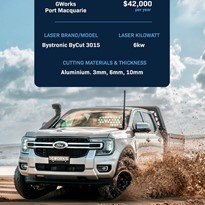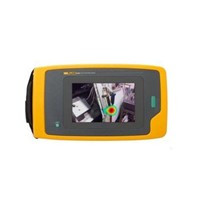For many plants, the leakage alone accounts for up to 30% of the total compressed air cost.
It is as simple as finding the leaks, making the repairs, controlling the air use, and upgrading to efficient blowoffs. EXAIR’s Intelligent Compressed Air® products can help accomplish these six easy to follow steps so your compressed air system becomes more efficient, along with the benefit of drastically lowering your energy costs.
1. Measure air consumption to find sources that use a lot of compressed air.
EXAIR's Digital Flowmeter™ and accurately measures compressed air usage and monitor waste. Trends can be monitored to find excessive air use. Detect leaks at compressed air fittings when the machinery is off. Regular monitoring can detect leaks that develop as the machinery ages.
2. Find and fix leaks in your system.
EXAIR's Ultrasonic Leak Detector can help identify costly leaks in your compressed air system. Leaks can account for 30% of total compressor output! In many cases, finding one small leak can quickly pay for the leak detector.
3. Upgrade your blowoff, cooling and drying operations using engineered compressed air products.
EXAIR's engineered Super Air Knives™, Super Air Amplifiers™, and Super Air Nozzles™ dramatically reduce air consumption and noise. EXAIR's Digital Sound Level Meter™ can identify and isolate the source of the noisy blowoffs.
4. Turn off the compressed air when not in use.
EXAIR's EFC™ is an Electronic Flow Control that minimises compressed air use by turning off the compressed air when no part is present. For use on blowoff, drying, cooling, conveying and static elimination operations.
5. Use intermediate storage of compressed air near the point of use.
A receiver tank can be installed at the point of high demand so there is an additional supply of compressed air available for a short duration.
6. Control the air pressure at the point of use to minimise air consumption.
EXAIR Pressure Regulators permit easy selection of an operating pressure that will allow the air product to work properly without using excessive amounts of compressed air. Reducing the air pressure from 100 PSIG to 80 PSIG reduces energy use by almost 20%.


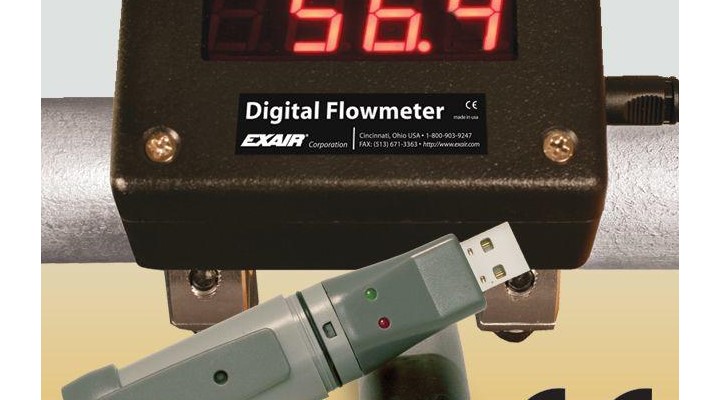
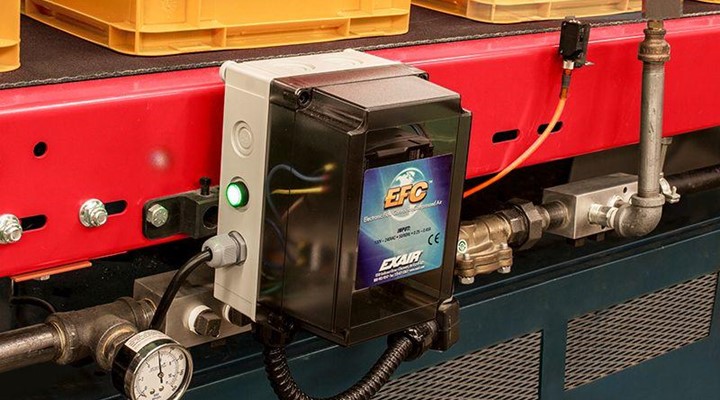
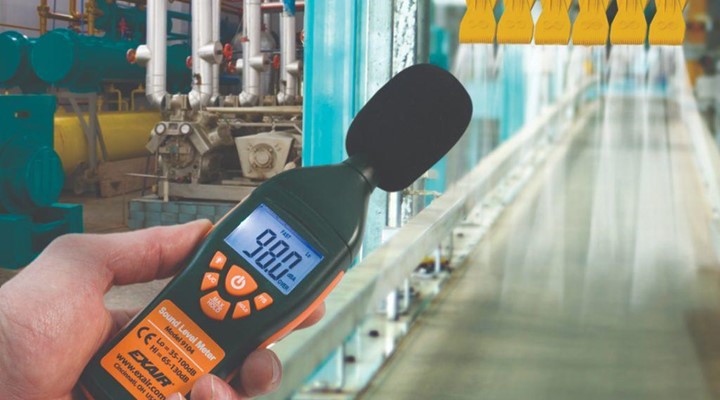
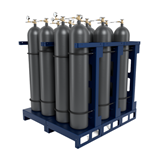
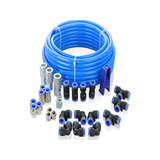
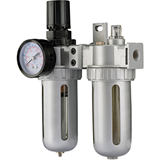


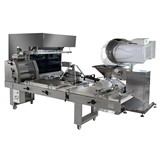
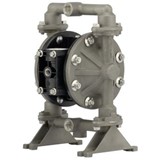
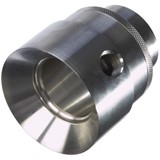
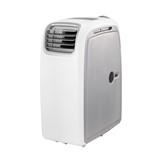
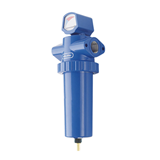
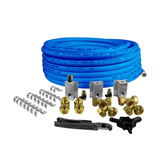

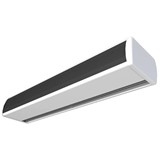
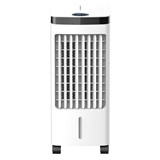

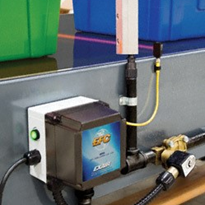
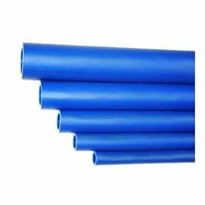
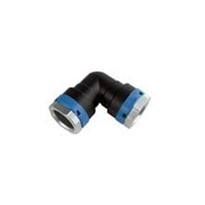


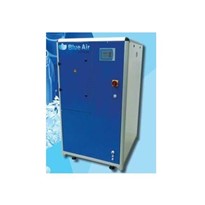

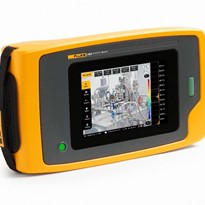
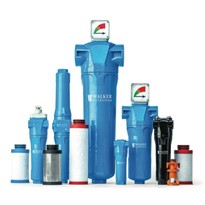
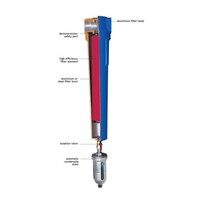

-205x205.jpg)
